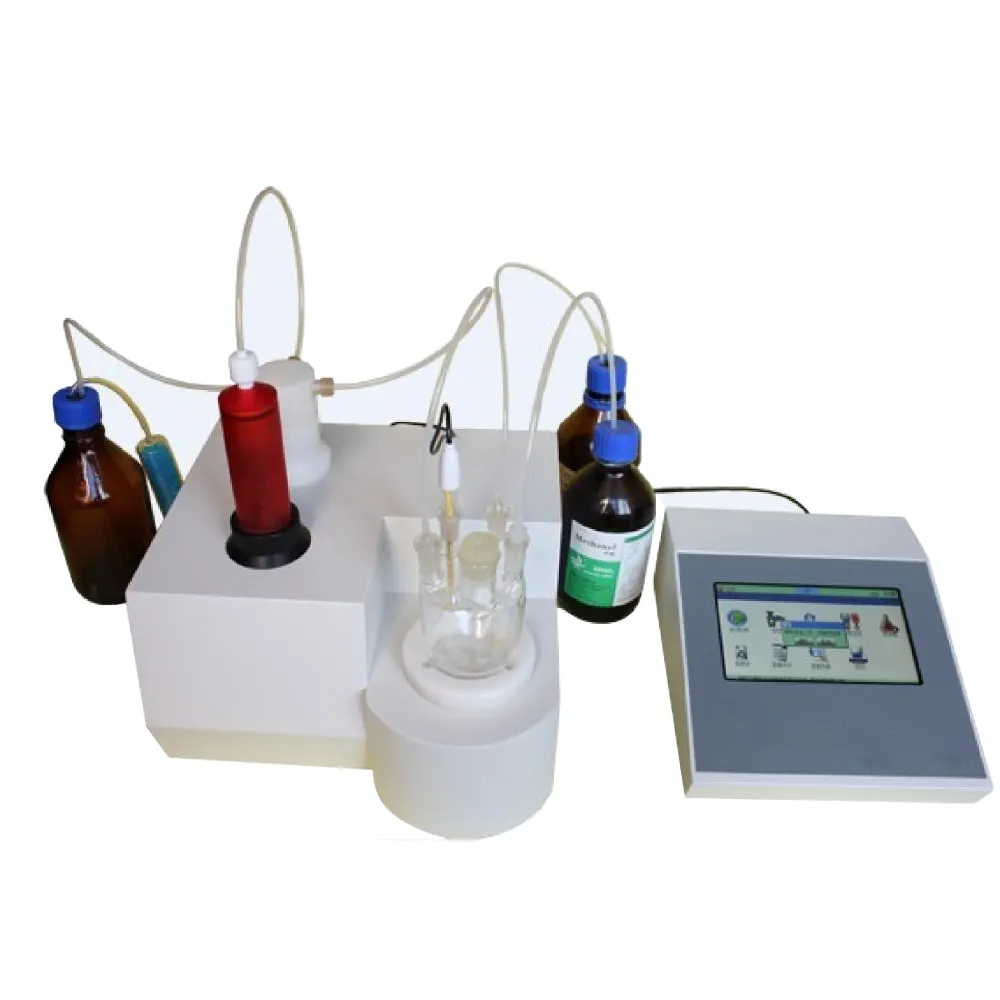 English
English


Advanced Flash Point Analyser - Accurate & Reliable Testing Solutions
Understanding Flash Point Analyzers Essential Tools for Safety and Compliance
In various industries, particularly those dealing with flammable liquids, understanding the flash point is crucial for ensuring safety and compliance with regulatory standards. A flash point analyzer is an instrument designed to determine the flash point of a substance, which is the lowest temperature at which its vapors ignite when an ignition source is applied. Accurate measurement of flash point is essential for the safe handling, storage, and transportation of chemicals.
The Importance of Flash Point
Flash point is a key property that helps categorize materials based on their flammability. It serves as an essential criterion for regulatory compliance in industries such as oil and gas, petrochemicals, pharmaceuticals, and food processing. A low flash point indicates a higher risk of fire and explosion. Thus, knowing the flash point allows organizations to implement appropriate safety measures and maintain safe working environments.
Types of Flash Point Analyzers
There are several types of flash point analyzers, each designed for specific applications and measurement ranges. The most common types are
1. Closed Cup Analyzers These devices measure the flash point by enclosing the sample in a cup and heating it until vapors form, then testing the ignition of the vapors. This method simulates conditions more similar to industrial environments and provides higher accuracy for low flash point liquids.
2. Open Cup Analyzers In this method, the sample is exposed to the atmosphere. The open cup method typically yields higher flash point values compared to closed cup methods, making it suitable for certain applications.
3. Flash Point Testers for Solids or Semi-Solids These analyzers are designed to evaluate materials that are not liquids. They often require additional methods to achieve a reliable flash point reading.
flash point analyser

The Working Principle
The working principle of flash point analyzers typically involves controlled heating of the sample while simultaneously introducing an ignition source periodically. The device records the temperature at which the sample ignites. Modern analyzers are equipped with sophisticated sensors and software that provide quick and accurate readings, often with minimal operator intervention.
Features and Benefits
Contemporary flash point analyzers come with numerous features that enhance usability and efficiency
- Automated Testing Many analyzers can perform automated tests, reducing the time and labor involved in manual operations. - Digital Interfaces User-friendly digital displays and connectivity options allow for easy retrieval and exportation of data. - Compliance with Standards Most flash point analyzers meet international safety standards (such as ASTM, ISO), ensuring that the results are reliable and globally accepted.
- Robustness and Portability Many models are designed for use in various environments, including laboratories and field applications, providing flexibility in operations.
Conclusion
In summary, flash point analyzers are invaluable tools for industries that handle flammable materials. By accurately determining flash points, these instruments help mitigate the risks associated with fire and explosions, ensuring that organizations comply with safety regulations. With advancements in technology, modern flash point analyzers continue to evolve, enhancing safety protocols and supporting the quest for a safer working environment. Understanding and utilizing these analyzers effectively can significantly contribute to operational safety and efficiency.
In a world where safety cannot be compromised, investing in reliable flash point analysis is not just recommended; it is essential.
-
Differences between open cup flash point tester and closed cup flash point testerNewsOct.31,2024
-
The Reliable Load Tap ChangerNewsOct.23,2024
-
The Essential Guide to Hipot TestersNewsOct.23,2024
-
The Digital Insulation TesterNewsOct.23,2024
-
The Best Earth Loop Impedance Tester for SaleNewsOct.23,2024
-
Tan Delta Tester--The Essential Tool for Electrical Insulation TestingNewsOct.23,2024





